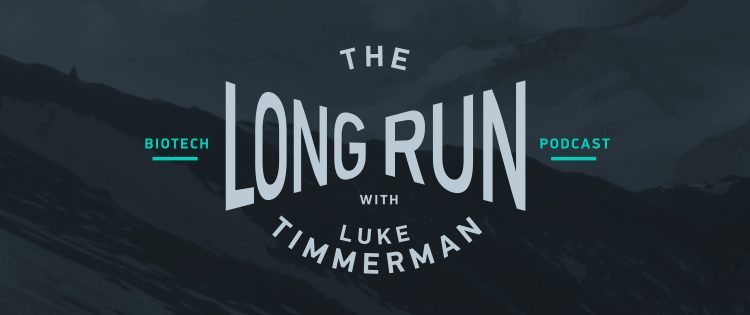Get In-depth Biotech Coverage with Timmerman Report.
12
Oct
2018
Allogene’s Megabucks IPO, CVS-Aetna Muscling Through, & Consumer Genetics in the Mainstream
Please subscribe and tell your friends why it’s worthwhile. Quality journalism costs money. When you subscribe to Timmerman Report at $169 per year, you reward quality independent biotech reporting, and encourage more.





